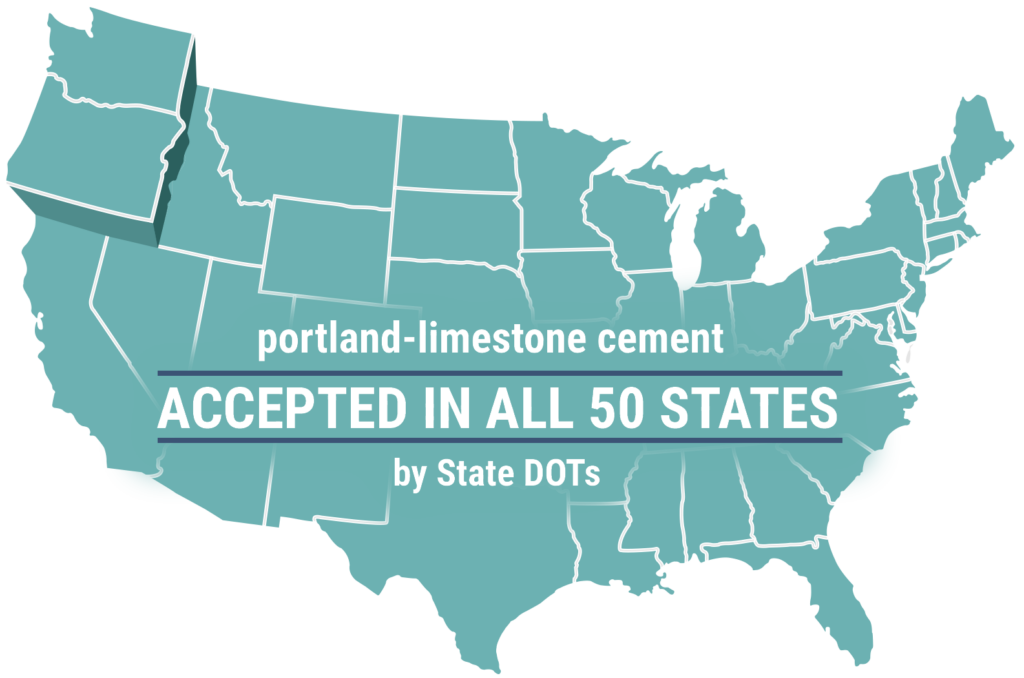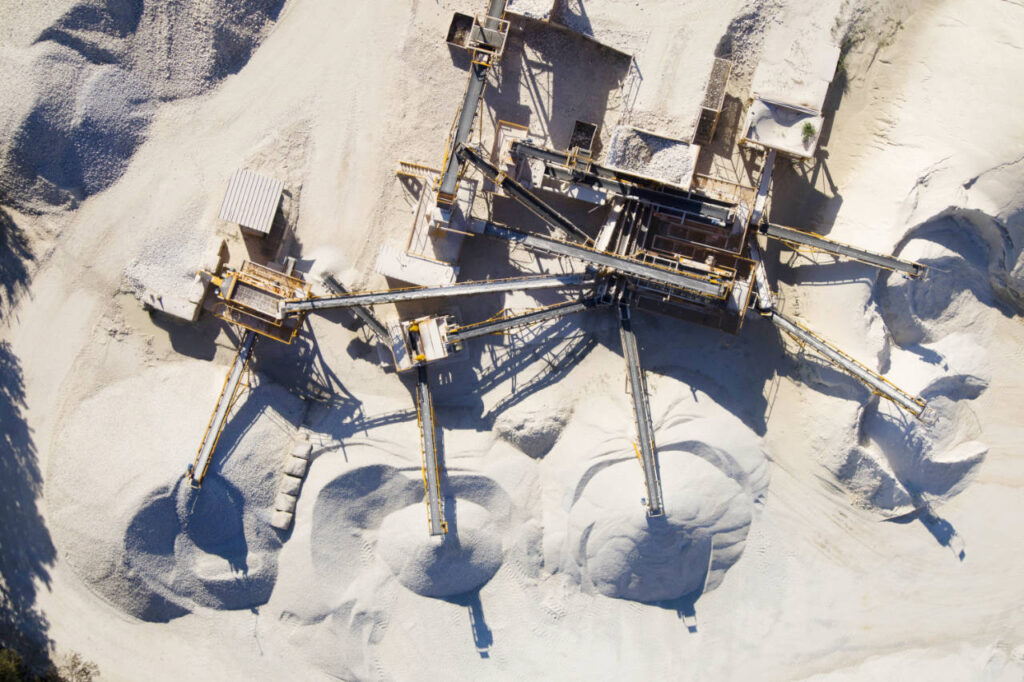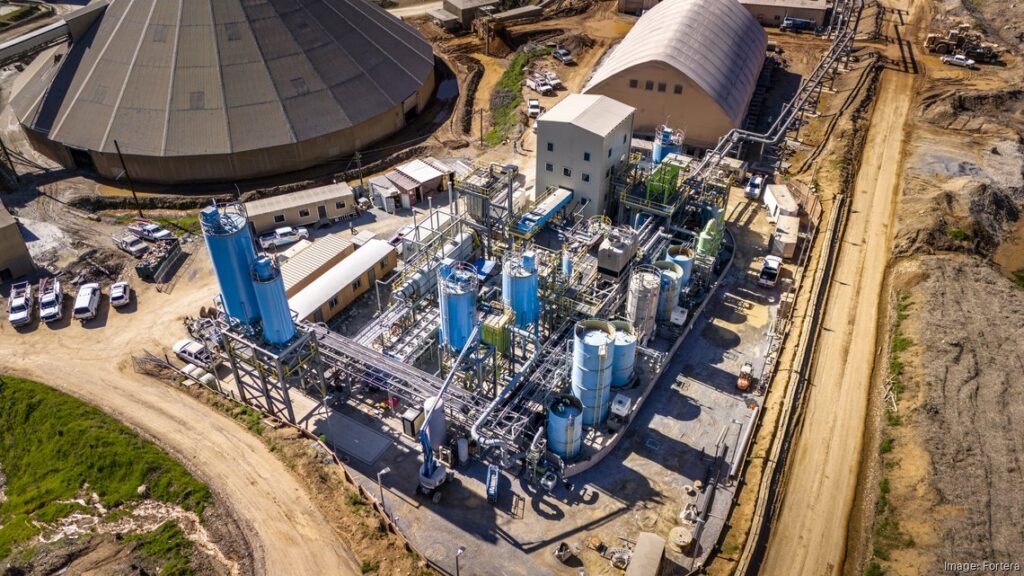
Reducing Our Carbon Footprint by up to 10% Today
with portland-limestone cement, the Low CO2 Cement
Learn more

Helping You Develop Sustainable Communities
Concrete allows our cities and towns to meet the housing challenge
Learn morePaving Our Future
Concrete pavements cool our cities and make transportation more energy efficient
Learn moreAvailable now in the Northwest!
Pacific Northwest Leading the Way with Type IL Cement
Reduce the carbon footprint of concrete by up to 10% by specifying portland-limestone cement (Type IL). Type IL cement is a low carbon alternative to ordinary portland cement, and is accepted by all 50 State DOT’s, as well as provinces in Canada. NCC is tracking our carbon savings impact in Oregon and Washington with the use of Type IL. And this is only the beginning — Pozzolan (Type IP) and ternary cements (Type IT) will be available soon. With Type IL and supplementary cementitious materials (SCM’s) in your concrete mix, the carbon footprint of your project can be dramatically reduced.
0

The Benefits of Concrete
The Fundamentals of How Cement Is made
Carbon Neutral Concrete
The Built Environment – What does it entail?
Concrete Shaping Our World
Modern society has been built using cement and concrete.












